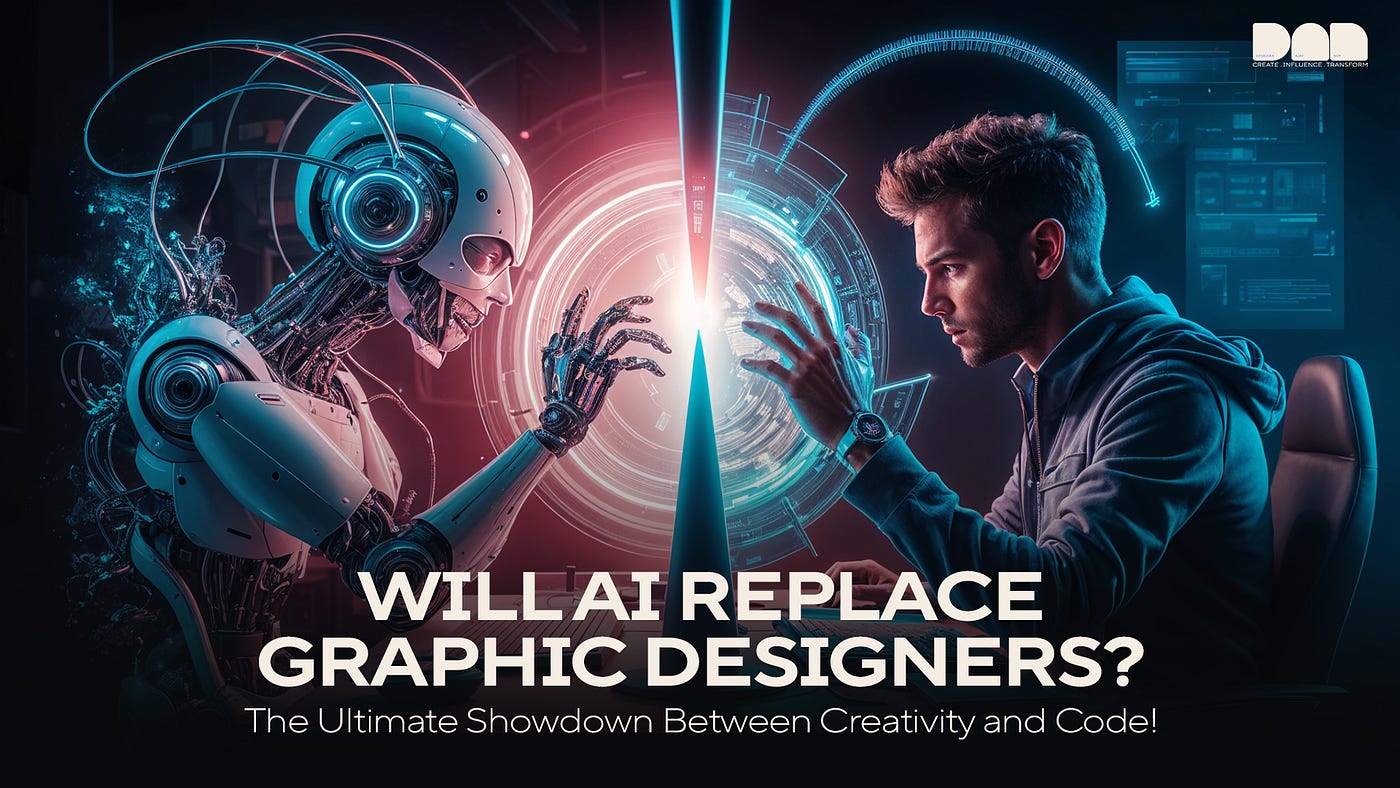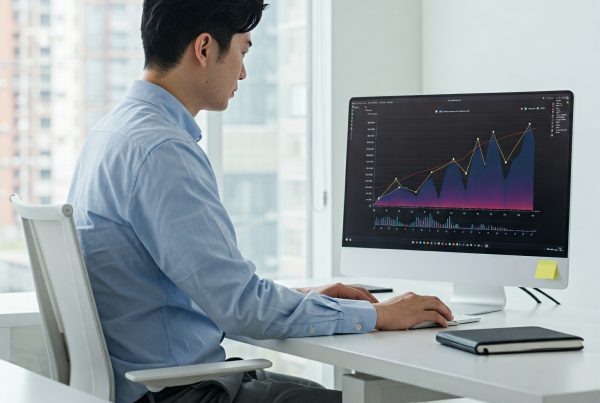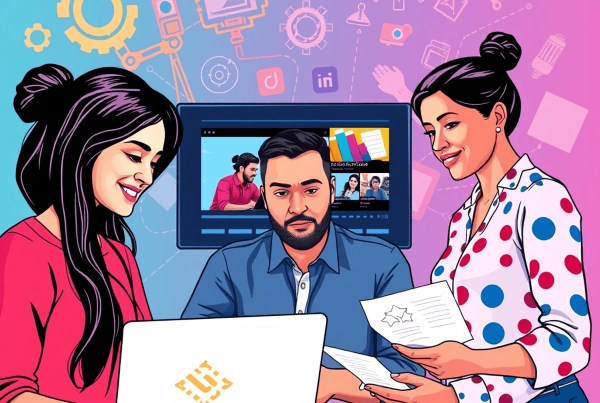Introduction
Imagine you’re tasked with creating a visually stunning presentation or a new logo for your brand, but the looming deadlines and complex tools leave you overwhelmed. Now picture a tool that understands your ideas, generates designs within seconds, and learns your style preferences over time. That’s not a far-off dream—it’s the reality that Artificial Intelligence (AI) is bringing to graphic design.
From simplifying the creative process to making professional design accessible to everyone, AI is rewriting the rules of graphic design. This blog will explore how AI is revolutionizing the field, making it faster, smarter, and more innovative than ever.
Table of Contents
- What is AI in Graphic Design?
- The Role of AI in Graphic Design
- How AI is Reshaping the Graphic Design Process
- Benefits of AI in Graphic Design
- Challenges and Ethical Concerns in AI-Driven Design
- Future Trends in AI and Graphic Design
- How to Leverage AI for Your Graphic Design Projects
What is AI in Graphic Design?
AI in graphic design involves the use of algorithms and machine learning to automate, assist, and enhance design tasks. Whether it’s generating layouts, creating illustrations, or editing images, AI tools analyze data, recognize patterns, and produce designs that align with user preferences.
Popular AI design tools like Canva, Adobe Sensei, and Looka empower users to create high-quality graphics without extensive technical knowledge, democratizing the field.
The Role of AI in Graphic Design
AI isn’t replacing designers—it’s augmenting their capabilities. It acts as a creative assistant, handling repetitive tasks while allowing designers to focus on innovation. Key roles include:
- Generating design templates.
- Automating edits and adjustments.
- Analyzing user preferences for personalized designs.
How AI is Reshaping the Graphic Design Process
1. Faster Design Creation
AI tools like Figma and Canva simplify the process by offering templates and pre-set designs, drastically reducing the time required to create professional visuals.
- Example: Canva’s Magic Resize tool adapts designs for multiple platforms in seconds.
2. Enhanced Customization
AI learns from user inputs to create designs that are tailored to specific styles, industries, or branding needs.
- Example: Adobe Sensei analyzes your design history to suggest layouts and elements that align with your brand.
3. Automated Image Editing
AI automates tasks like background removal, color correction, and resizing, which traditionally take hours.
- Example: Remove.bg removes backgrounds from images with just one click, saving time and effort.
4. Typography and Layout Optimization
AI tools suggest font pairings, align elements, and optimize layouts for better visual harmony.
- Example: FontJoy uses AI to generate complementary font pairings based on your project’s mood.
5. AI-Generated Art and Illustrations
AI tools like DALL·E and Runway ML can create original illustrations, making unique visuals accessible to non-designers.
Benefits of AI in Graphic Design
- Efficiency: Streamlines workflows, allowing faster delivery of projects.
- Cost-Effectiveness: Reduces the need for hiring large teams for basic design tasks.
- Creativity Boost: Offers fresh perspectives and ideas for unique designs.
- Accessibility: Empowers non-designers to create professional-quality graphics.
- Data-Driven Insights: Analyzes user data to predict trends and preferences.
Challenges and Ethical Concerns in AI-Driven Design
- Lack of Originality: AI-generated designs might lack the human touch and creativity.
- Solution: Use AI as a supplement, not a replacement for human creativity.
- Job Displacement: Concerns about AI replacing entry-level designers.
- Solution: Focus on upskilling and leveraging AI as a collaborative tool.
- Bias in Algorithms: AI might favor certain styles or demographics based on the data it’s trained on.
- Solution: Choose tools with diverse training datasets and customizable options.
Future Trends in AI and Graphic Design
- AI-Enhanced Collaboration: Real-time AI suggestions in collaborative tools like Figma will streamline team workflows.
- Voice Commands for Design: Imagine telling your design tool, “Create a minimalist logo in blue and white,” and seeing instant results.
- Hyper-Personalization: AI will deliver hyper-tailored designs based on user behavior, industry trends, and audience preferences.
- Integration with AR and VR: AI will power immersive graphic design experiences for augmented and virtual reality applications.
How to Leverage AI for Your Graphic Design Projects
- Start Small with Templates: Use AI tools like Canva to familiarize yourself with automated design features.
- Experiment with Generative Art: Tools like DALL·E can inspire unique visual styles for your projects.
- Optimize Branding Materials: Use AI tools to create cohesive branding elements like logos, color palettes, and typography.
- Focus on Storytelling: Pair AI-generated visuals with compelling narratives to engage your audience.
- Analyze Trends: Leverage AI analytics to identify and incorporate design trends that resonate with your target audience.
Conclusion
AI is not just a buzzword in the world of graphic design—it’s a transformative force that’s reshaping how visuals are created, shared, and consumed. By automating repetitive tasks, enhancing customization, and democratizing access to professional tools, AI is empowering everyone, from seasoned designers to small business owners, to create stunning visuals effortlessly.
Ready to transform your design process? Explore how Pro Growth Insider can help you unlock the potential of AI tools to elevate your projects and grow your business.









